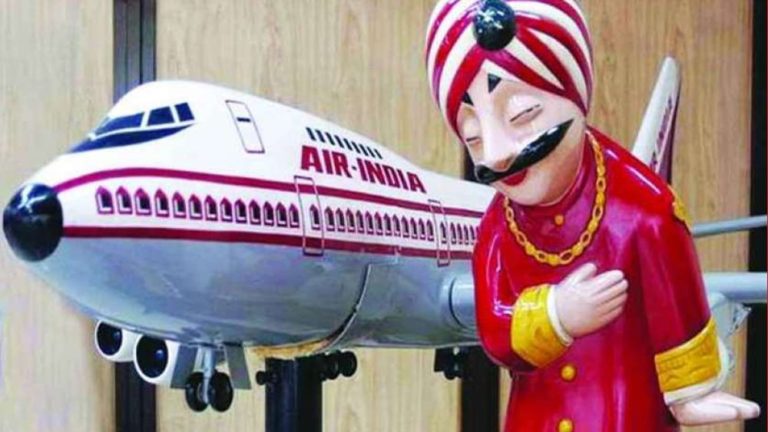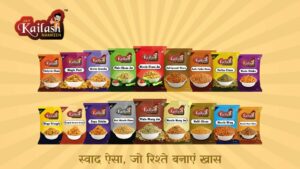After a gap of 68 years India’s eternal Maharaja, the debt-laden national carrier Air India, is expected to go back to its original owner if the Tatas do bag the Air India deal. Air India was started by the Tatas in 1932 as the Tata Airlines. The same was sold to the government in 1953 by the conglomerate.
The plan to sell the Maharaja has been in the offing for years now, with multiple governments trying to find a buyer for the money guzzling airline. Air India is reeling under a debt of over Rs 60,000 crore. The debt-laden carrier has a 127-aircraft strong fleet that controls 50.64% of the International market share when clubbed with AIXL, among Indian carriers. Air India currently serves 42 international destinations.
Media reports indicate a piece of news the government has denied, that Tata Sons has won the bid for Air India. The report claimed that a panel of ministers accepted a proposal from the salt to software conglomerate. However, the government said: “Media reports indicating approval of financial bids by Government of India in the AI disinvestment case are incorrect. Media will be informed of the Government decision as and when it is taken,” DIPAM Secretary Tweeted.
The government had begun evaluation bids for the Maharaja two days back. Along with Tata Group, domestic carrier SpiceJet’s Ajay Singh has also bid for the airline. The evaluation of bids was done against an undisclosed reserve price. If the Tata Group bags the deal for Air India, it would mark the return of the airline to the Tatas after a gap of 68 years.
The successful sale of Air India will also help the government to march towards its divestment program where it plans to privatise various state-owned assets, in an effort to bridge the budget deficit.
















